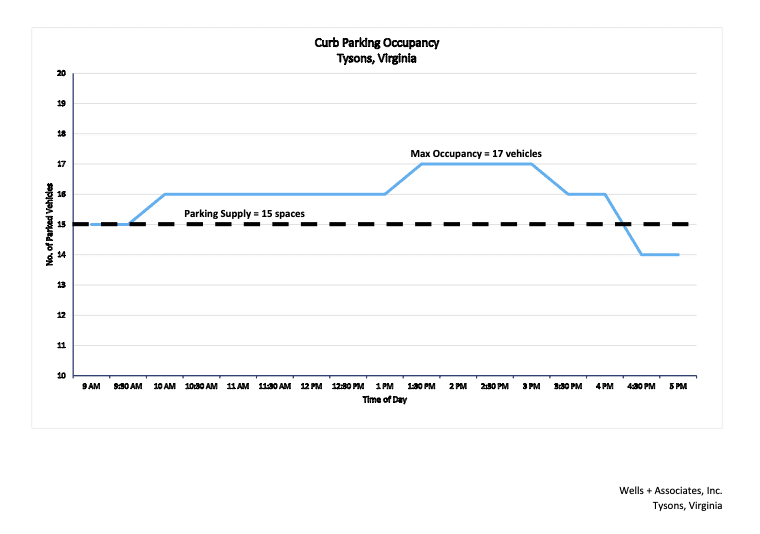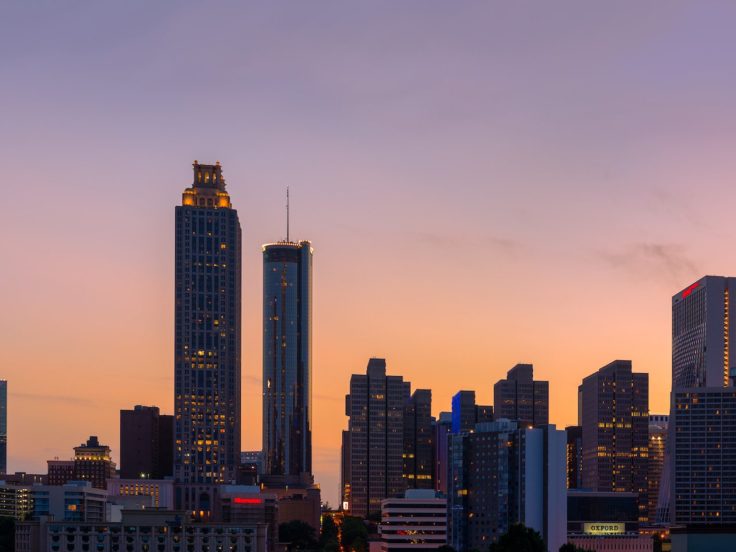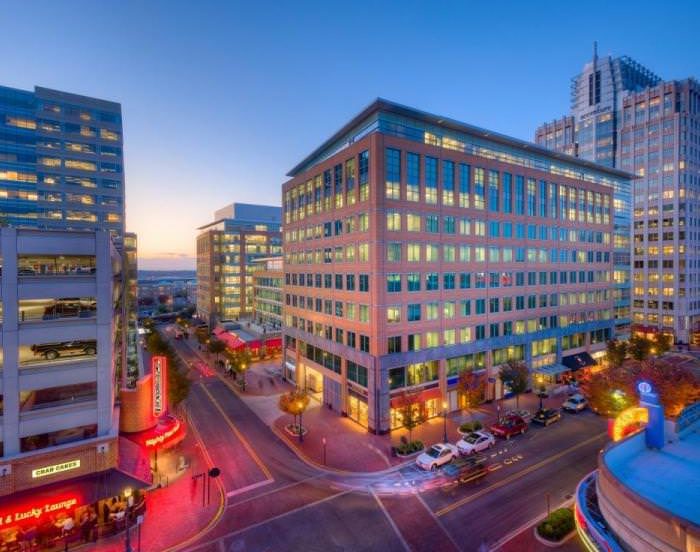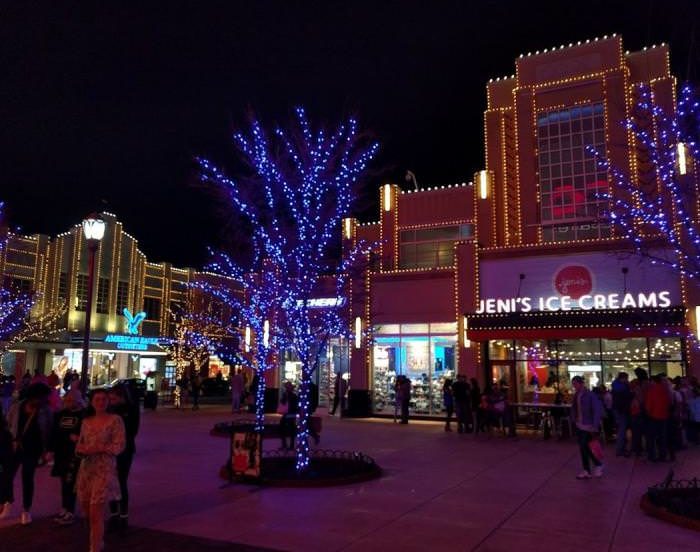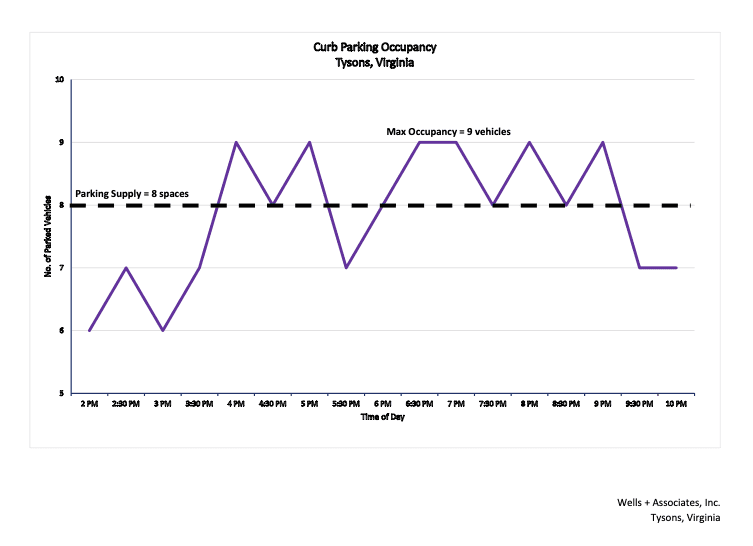This post was inspired by a question I was asked at a meeting: Is it better to stripe curb parking spaces or just to allow motorists to park wherever they want? The issue underlying this question was: Doesn’t leaving spaces unstriped increase parking efficiency? Put another way: does unstriped parking allow more vehicles to parallel park?
Stripe vs Unstriped Parking: Which Which Works Best?
To be honest, even though I’ve been working on parking issues for decades, I really didn’t know the answer. Intuitively, it seemed like you would gain efficiency if you didn’t stripe each space, allowing more vehicles to use the area as best they can. But this leads to other questions, such as:
- What about larger cars?
- What about the space between vehicles?
- Are we really that good at parallel parking? (I think we all know that skill levels vary and I’ve seen the good, the bad, and the ugly!)
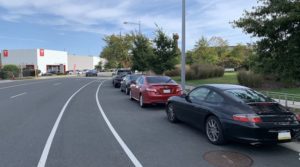
I spoke with our parking design team, and we decided to see how this worked in real life. We recorded cars parking and unparking in the Tysons, Virginia area for the span of a week. Our test focused on areas where the demand for curb parking was much greater than the supply of parking, so we knew that the maximum number of vehicles would park there if possible.
Curb Parking Test #1: The Long Game
The first test area was approximately 335 feet long and could accommodate 15 vehicles if striped with parallel spaces that are 22 feet in length.
After reviewing the data, we found that during the core hours – generally occurring from 9:00 AM to 8:00 PM – the “efficiency” of the longer area increased by about five (5) percent. In this case it meant that 1 to 2 more vehicles parked in the parking area than would be able to park if all of the spaces were stiped.
Test #1 Conclusion
This indicated that not striping each space increases efficiency. (Note that the overall increase would be over 10 percent if all of the potential spaces were filled over a 24-hour period). Many downtowns have adopted this idea. It’s used in Old Town Alexandria, Virginia, the District of Columbia, and elsewhere where a central pay station is provided for hourly parkers.
Keep in mind that the increase in potential efficiency would also seem to be related to the overall length of the parking area. For example, most standard parallel parking spaces are 22-feet long. This length accommodates a vehicle of approximately 20 feet (the AASHTO design vehicle) with maneuvering space at both front and back. So, given the overall length of 335 feet, the “savings” provided by not striping each space is about 30 feet, or enough to accommodate about two additional vehicles.
Selected Case Studies: Parking Analysis
Curb Parking Test #2: The Short Game
We also observed a second parking area, with similar results. The overall length of about 175 feet would allow for eight (8) striped spaces.
Test #2 Conclusion
We found that during the peak period, the space accommodated one additional vehicle, or an increase of about five (5) percent.
Note that similar to the conditions in our “Long Game” test above, the “savings” over 175 feet is approximately 16 feet, or one car length, suggesting that curb parking areas of less than this length would have difficulty realizing any increase in efficiency for vehicles.
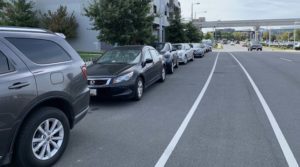
However, in mobility environments that are increasingly welcoming non-automobile forms of transportation (such as mixed-use and transit-related areas), even a shorter length does provide benefits since other users, like motorcycles, bicycles, e-bikes, scooters, etc., could make use of this additional space.
Curb Parking Conclusions
So, yes – curb parking efficiency does get better when it is unstriped, gaining about one additional space for every eight spaces, or an increase of about five (5) percent. Of course, every space is different, but our tests indicate that it is worth the effort to analyze your curb parking spaces to maximize use for as many people and types of transportation possible (even if they can’t parallel park!).
Contact our Parking Consultant Team
Michael J. Workosky
President | (703) 676-3603
mjworkosky@wellsandassociates.com
Mike Workosky is a transportation executive with more than 25 years of experience across the United States in parking matters related to mixed use developments, town centers, shopping centers, and commercial, governmental, and academic properties.

